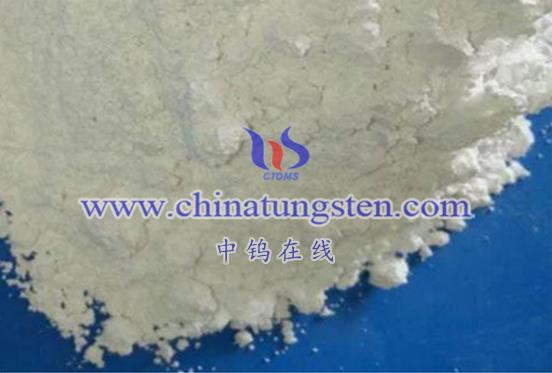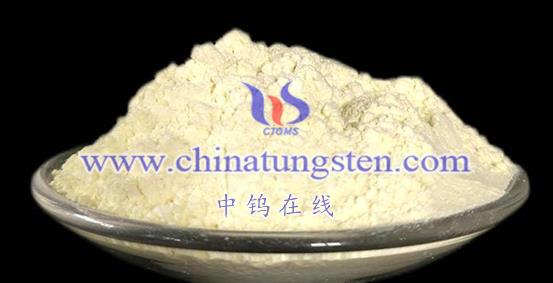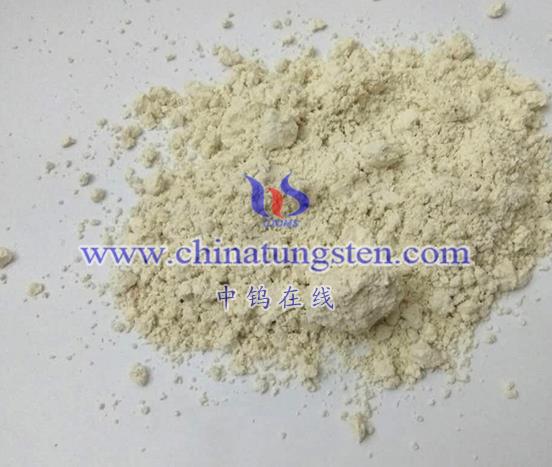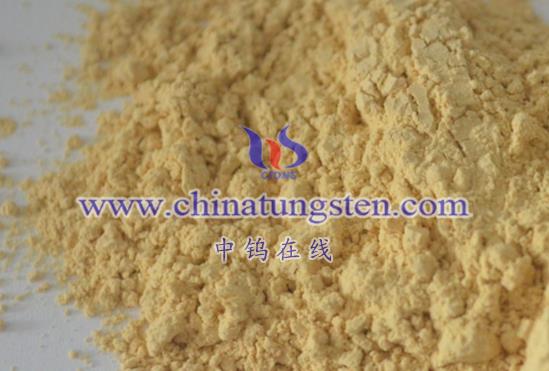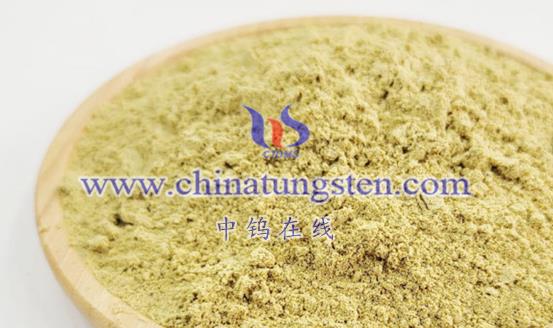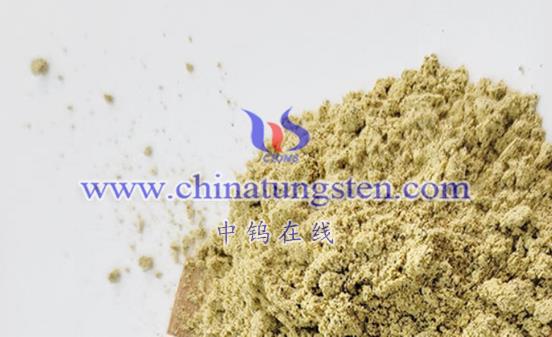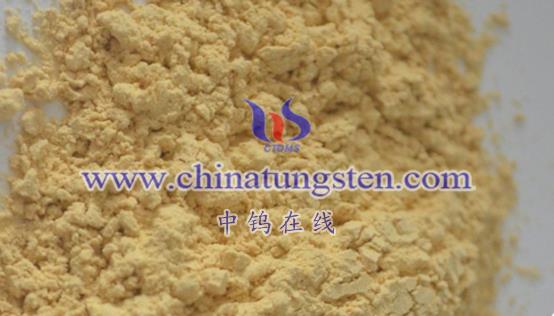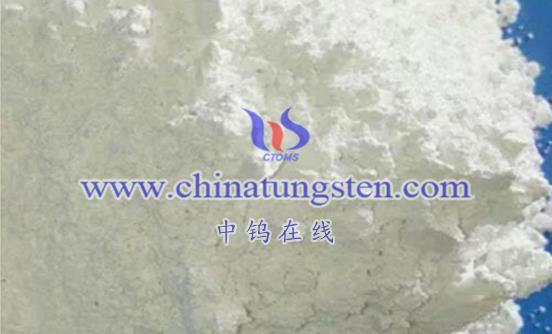
Nano tungsten oxide, particularly nano tungsten trioxide (WO3), has a wide range of applications in the field of photocatalysis. Below are the key applications of nano tungsten oxide in this domain:
- Water Splitting for Hydrogen Production
Due to its excellent photoelectrochemical properties and chemical stability, nano tungsten oxide is one of the important catalysts for water splitting to produce hydrogen. Under light irradiation, nano tungsten oxide can absorb light energy, generating photoexcited electrons and holes. These electrons reduce hydrogen ions in water to hydrogen gas, enabling hydrogen production through water splitting. This technology offers a new pathway for renewable energy development, holding significant application value.
- Photocatalytic Degradation of Organic Pollutants
Nano tungsten oxide also performs excellently in the photocatalytic degradation of organic pollutants. Under light exposure, it can catalyze the breakdown of organic pollutants in water, such as dyes, pesticides, and petroleum-based contaminants. The photocatalytic degradation process typically involves redox reactions between photogenerated electrons/holes and pollutant molecules, ultimately breaking them down into harmless small molecules. This technology is crucial for water pollution control and environmental protection.
- Photocatalytic Air Purification
Nano tungsten oxide can be applied in photocatalytic air purification. Harmful gases and odors in the air can be oxidized or decomposed under light exposure by nano tungsten oxide, thus purifying the air. For example, it can catalyze the oxidation of harmful gases like formaldehyde and benzene, improving indoor air quality. Additionally, nano tungsten oxide has antibacterial properties, inhibiting the growth of microorganisms such as bacteria and viruses in the air.
- Photocatalytic Carbon Dioxide Conversion
With the increasing concerns about global climate change, carbon dioxide conversion and utilization have become research hotspots. Nano tungsten oxide shows potential in photocatalytic CO2 conversion. Through photocatalysis, nano tungsten oxide can convert CO2 into organic compounds, such as methanol and ethanol. This technology offers new approaches for CO2 utilization, contributing to the mitigation of the greenhouse effect and the global energy crisis.
- Photocatalytic Self-Cleaning
The self-cleaning properties of nano tungsten oxide through photocatalysis are another important application. Under light exposure, nano tungsten oxide can catalyze oxidation reactions that break down organic and inorganic substances on surfaces, thereby removing dirt and contaminants. This self-cleaning function provides broad applications for nano tungsten oxide in building materials, glass products, and more. For example, it can be coated on glass surfaces to create self-cleaning glass products.
Conclusion
Nano tungsten oxide has a wide range of applications in the field of photocatalysis, including hydrogen production via water splitting, photocatalytic degradation of organic pollutants, air purification, carbon dioxide conversion, and self-cleaning. As technology advances and research deepens, it is expected that the applications of nano tungsten oxide in the field of photocatalysis will continue to expand and improve.
More details of tungsten oxide product, please visit website: tungsten-oxide.com
Please contact CHINATUNGSTEN for inquiry and order of tungsten oxide:
Email: sales@chinatungsten.com
Tel.: 86 592 5129595
